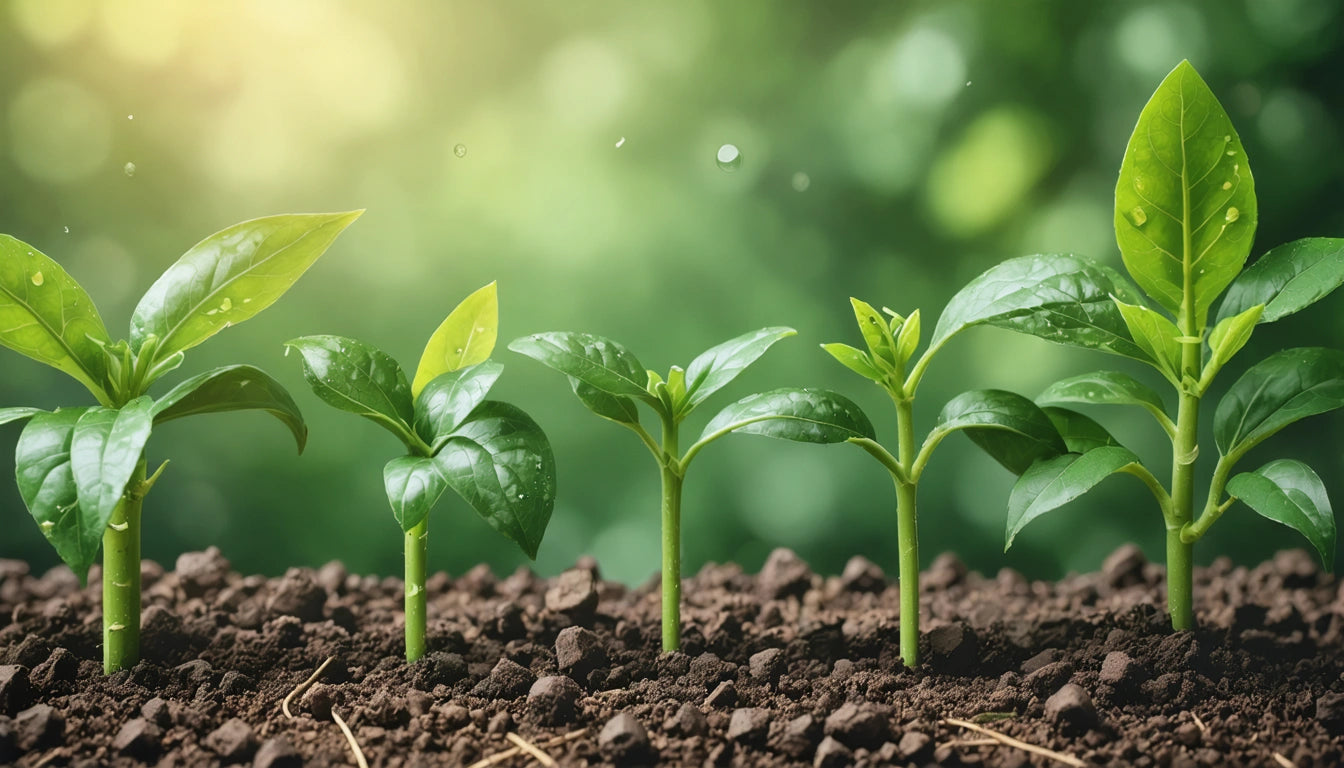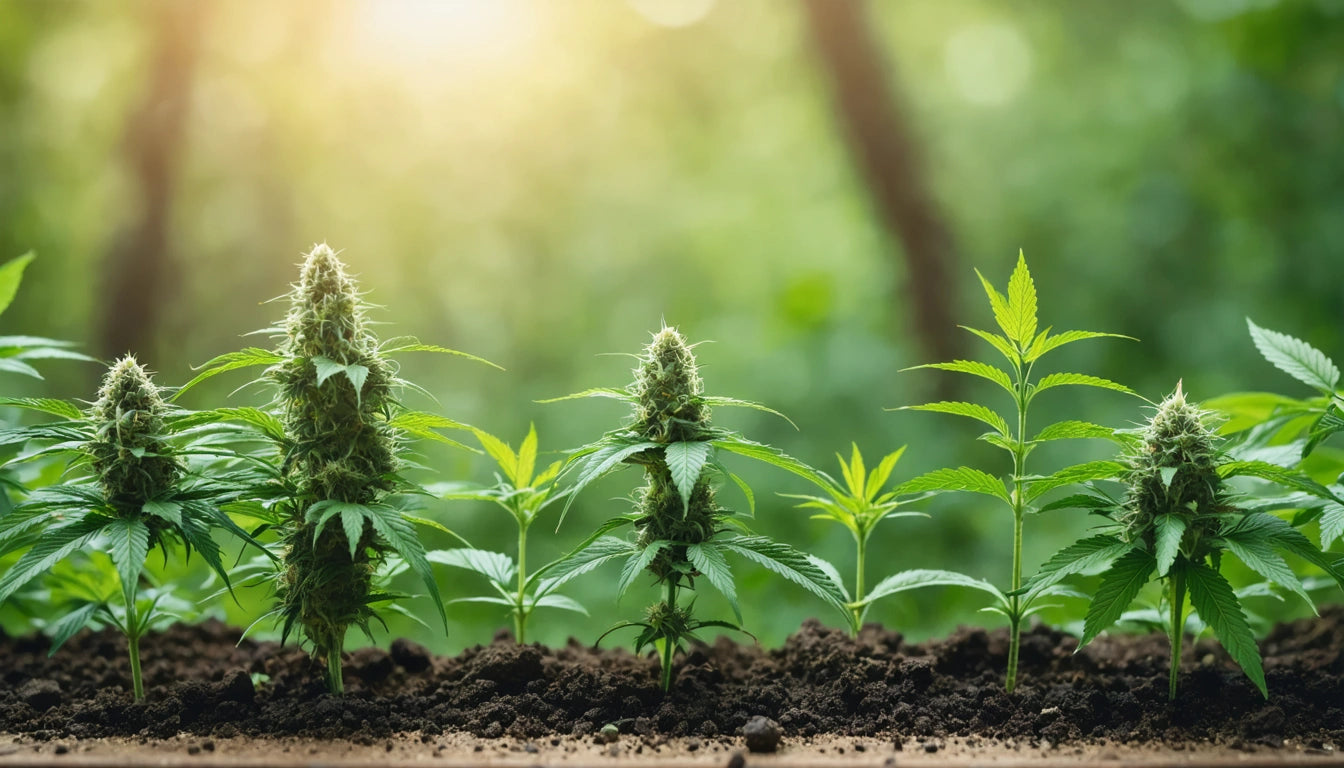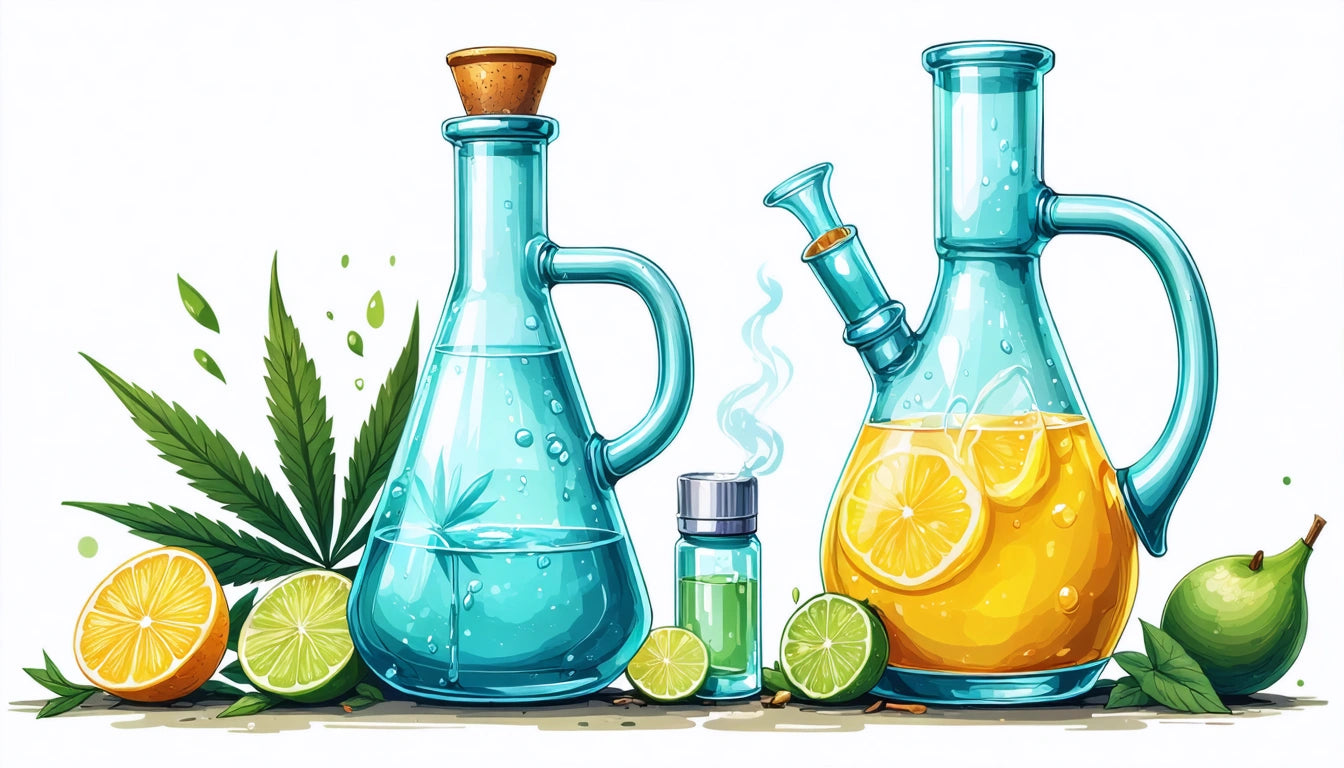Table of Contents
Everything You Need to Know About Growing and Caring for Plant Clones
Plant cloning offers growers a reliable way to reproduce plants with identical genetics to their parent. Whether you're looking to preserve a particularly successful phenotype or simply expand your garden, understanding how to properly create and care for clones is essential. This guide covers everything from basic cutting techniques to advanced troubleshooting for wilting clones.
Understanding Plant Clones: Benefits and Basics
Clones are genetic copies of a parent plant, created by taking cuttings and encouraging them to develop their own root systems. The primary advantage of cloning is consistency. Unlike seeds, which may express different genetic traits, clones maintain the exact characteristics of their parent plant.
According to our guide on clone cultivation, clones typically cost between $10-30 for standard varieties, while rare or high-demand genetics can command $50-100+ per clone. This pricing varies based on strain rarity, region, and supplier reputation.
When to Choose Clones Over Seeds
- When you want to preserve specific genetic traits
- To save time in the growing cycle (clones are already in the vegetative stage)
- For consistent production in commercial operations
- When working with plants that are difficult to grow from seed
How to Take Proper Cuttings for Successful Clones
Learning how to clip clones properly is fundamental to successful propagation. The process begins with selecting a healthy mother plant that's been in the vegetative stage for at least 2-3 months.
Step-by-Step Cutting Process
As outlined in our step-by-step cloning guide, proper technique includes:
- Sterilize your cutting tools with isopropyl alcohol
- Select healthy branches with at least 2-3 nodes
- Cut at a 45-degree angle just below a node
- Trim lower leaves and cut larger fan leaves in half to reduce transpiration
- Immediately place cuttings in water to prevent air embolisms
The ideal cutting length is 4-6 inches, with at least two nodes that will be below your growing medium. This provides adequate structure for root development while maintaining enough foliage for photosynthesis.
Highlight: Always take more cuttings than you need, as not all clones will successfully root. A success rate of 70-80% is considered good for most home growers.
DIY Cloner Systems: Building Your Own Setup
Learning how to make a cloner can save money while providing a customized solution for your specific needs. DIY cloners typically fall into three categories: aeroponic, bubble cloners, and simple humidity domes.
Basic Bubble Cloner Construction
- Materials: Opaque container (5-10 gallons), air pump, air stones, net pots or neoprene collars, drill
- Tools: Hole saw attachment (2" diameter), drill, scissors
- Construction: Drill holes in the lid sized to fit net pots or neoprene collars, install air stones connected to the pump, fill with water to just touch the bottom of the cuttings
According to our mastering cloning techniques article, DIY cloners can achieve success rates comparable to commercial options when properly maintained.
Caring for New Clones: Environmental Factors
Once you've learned how to make clones, proper care becomes crucial. New cuttings are extremely vulnerable until they develop roots, requiring careful management of environmental factors.
Humidity and Temperature
Maintaining high humidity (70-90%) is essential for new clones as they lack roots to uptake water. Using humidity control packs can help maintain optimal conditions, especially in drier climates where maintaining consistent moisture levels can be challenging.
Temperature should be kept between 72-78 °F (22-26 °C) to encourage root development without stressing the cuttings. A heating mat set to low can help maintain this range if your growing area tends to be cooler.
Lighting Requirements
Clones require gentle light until they develop roots. Direct, intense light can stress cuttings and reduce success rates. As noted in our comprehensive cloning guide, 18 hours of low-intensity light (T5 fluorescents or low-power LEDs at 30-50% strength) provides ideal conditions.
Troubleshooting Common Clone Issues
Even with proper technique, clones can encounter problems. Learning how to revive wilted clones and address other common issues is an essential skill for any grower.
Reviving Wilted Clones
If your clones are wilting, try these recovery steps:
- Mist leaves with water to reduce transpiration loss
- Check and adjust humidity levels (aim for 80-90%)
- Reduce light intensity temporarily
- For severe wilting, create a "humidity tent" using clear plastic over the clones
- If using a cloner, ensure water temperature stays between 68-72 °F (20-22 °C)
According to our guide on rooting times, most clones should show signs of root development within 7-14 days. If no roots appear after 21 days, success becomes increasingly unlikely.
Preventing and Treating Diseases
Clones are susceptible to various pathogens, particularly in high-humidity environments. Preventative measures include:
- Using sterile tools and clean water
- Applying a mild hydrogen peroxide solution (3%) to water (1 tbsp per gallon)
- Ensuring good air circulation while maintaining humidity
- Inspecting and quarantining new clones before introducing them to your garden
Advanced Cloning Techniques for Experienced Growers
As you become more comfortable with basic cloning, you can explore advanced techniques to improve success rates and efficiency. These methods build upon fundamental knowledge of how to clone cuttings but introduce specialized approaches.
One advanced technique is the "monster cropping" method, where cuttings are taken from plants that have already entered the flowering stage. While counterintuitive, this approach can produce bushier plants with more branching when returned to vegetative lighting.
Another technique involves using cloning machines with specialized nutrients and beneficial bacteria to accelerate root development. As explained in our step-by-step cloning resource, these systems can reduce rooting time by 30-50% compared to traditional methods.
For growers interested in genetics preservation, maintaining mother plants in a perpetual vegetative state allows for ongoing clone production. This approach requires dedicated space but ensures consistent access to your favorite genetics without the variability of seed propagation.
Whether you're a hobbyist or commercial cultivator, mastering the art of cloning opens up new possibilities for maintaining genetic consistency and expanding your garden efficiently. With proper technique and care, you'll be able to successfully propagate your favorite plants for generations to come.











Leave a comment
All comments are moderated before being published.
This site is protected by hCaptcha and the hCaptcha Privacy Policy and Terms of Service apply.